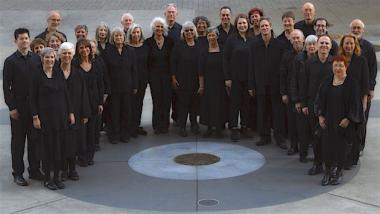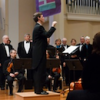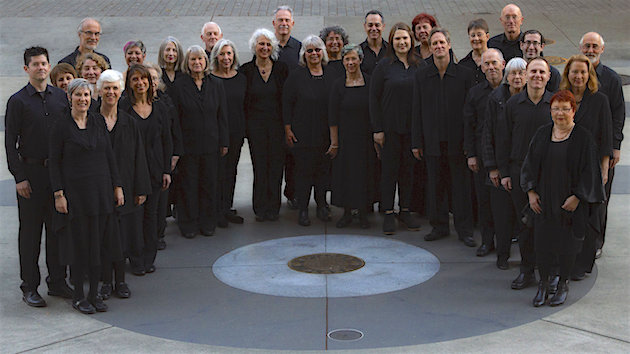
The California Bach Society opened its 49th season on Friday evening with a familiar Bach classic and a work by his contemporary that is lately enjoying renewed interest. The latter, Jan Dismas Zelenka’s Missa Divi Xaverii, served as a fresh and exhilarating pairing to the Bach Magnificat.
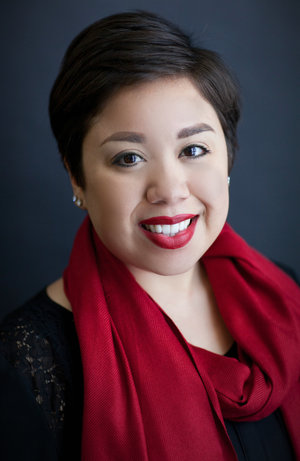
The highlights of the Magnificat undoubtedly lay in the vocal soloists. Gabriela Estephanie Solis, the mezzo-soprano soloist and a San Francisco Bay area native, consistently stole the show with her rich tone and seemingly effortless melismatic lines, featured in the Magnificat’s second and ninth movements. Also of note were Morgan Balfour, soprano, and Christòpheren Nomura, bass, who rang out confident and clear in the magnificent space of St. Mark’s Lutheran Church. James Hogan’s tenor unfortunately came across thin and easily overpowered by the small period orchestra. When paired with Solis in “Et misericordia,” the difference in clarity and depth of tone was striking.
The orchestra demonstrated the importance of a solid accompaniment, occasionally totally distracting from the soloists due to an oboist and double bassist struggling with intonation. The flutes, however, supported Solis and Balfour in their exposed movements to a pristine end. Generally, the group provided a stable and effective complement to the choir and soloists.
Composed symmetrically, the work’s 11 movements are intended to build and diminish in relation to the seventh, “Fecit potentiam” (He has showed strength). This performance lacked that drive, however, dragging its feet in the slower movements and not effectively driving towards the climax.
Despite several enjoyable moments, the Magnificat came across lackluster overall. Perhaps its status as one of Bach’s most popular vocal works has weakened its interest.
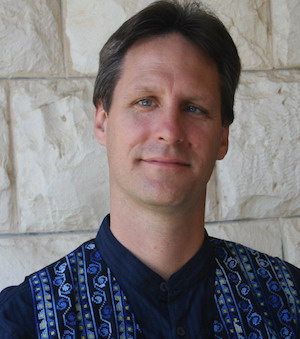
The mark of superior period performances lies in the group’s ability to make centuries-old music relevant and exciting. While the Magnificat missed the mark, Artistic Director Paul Flight managed just that with Zelenka’s Missa Divi Xaverii. The piece was composed in 1729 — just a few years before the more popular version of the Bach Magnificat — but was locked away after Zelenka’s death. The autograph score, damaged by mold and fire, finally received its modern premiere in 2014, from a newly edited performing edition.
The Mass features exquisite harmonies and rich textures, thanks to its remarkably large orchestra (four trumpets!) in dialogue with the chorus and vocal quartet. Zelenka created an expansive, moving work with plenty of structural variety, from an immaculate and charming “Domine Deus II” between Balfour, Solis, and a pair of flutes, to an exhilarating finale that utilized the entire orchestra. To the director’s credit, the chorus sounded especially lively in the conclusion, leaning into the lush harmonies to glorious effect.
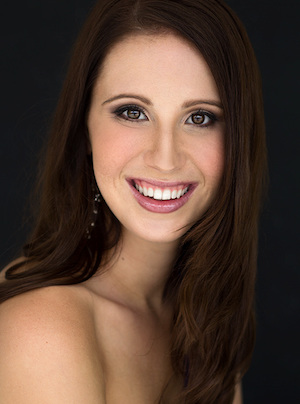
Morgan Balfour shone again in “Christe eleison,” demonstrating impressive vocal control and dynamic sensitivity. The trumpets also deserve special mention for their vibrant playing in both the Bach and Zelenka, tackling challenging high sections and the baroque trumpet’s notoriously precarious intonation with ease. As a whole, the group’s enthusiastic performance made a convincing case for the Mass to become a standard part of the baroque repertoire and for more of Zelenka’s fascinating music to be explored.
This concert set up the California Bach Society season nicely, and programming wonderfully engaging music such as Missa Divi Xaverii is sure to keep their audience coming back for more.

